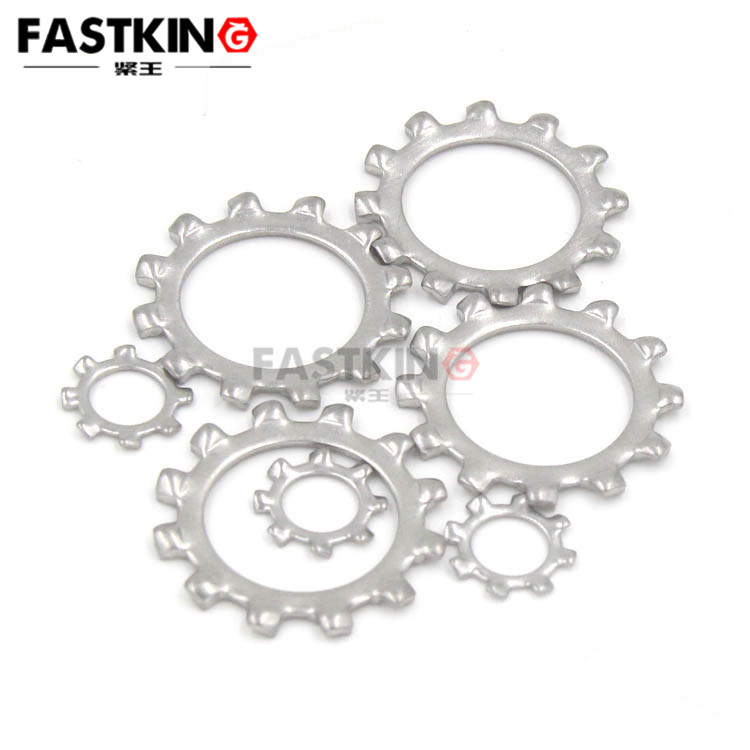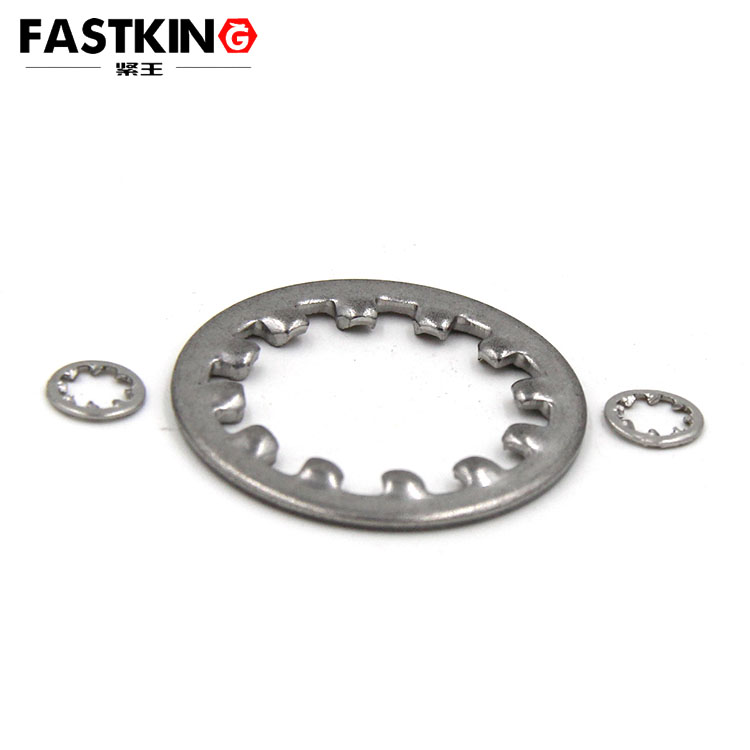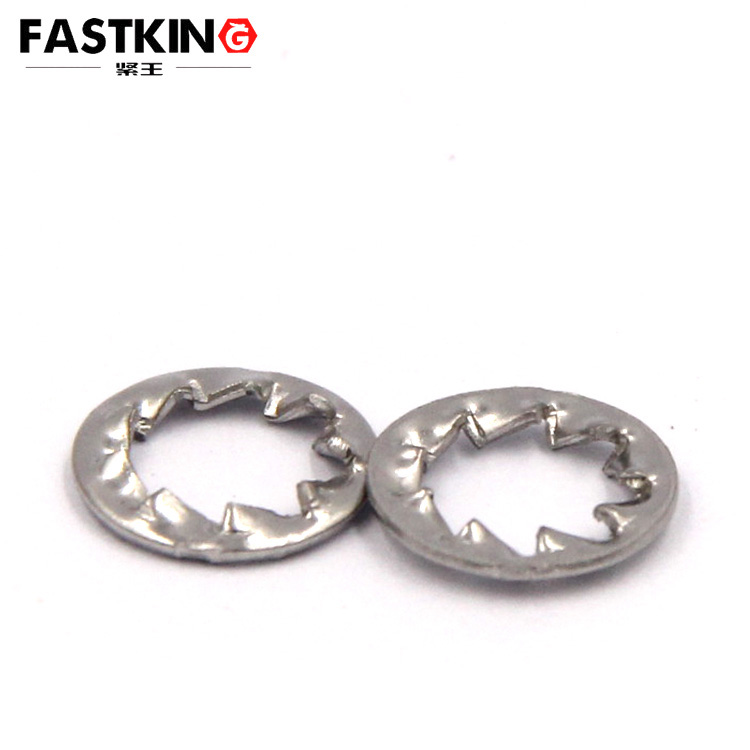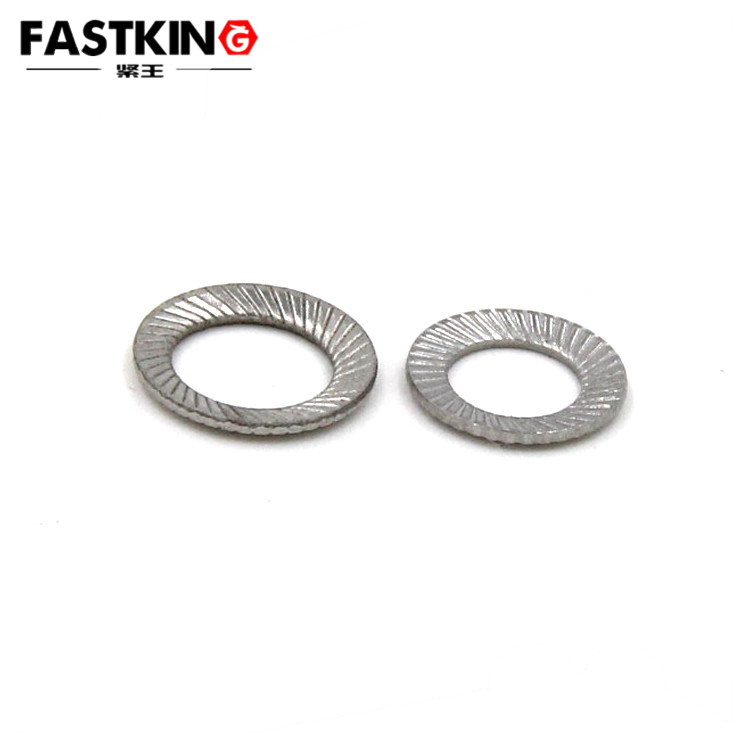- ZHUHAI JIALI HARDWARE CO.,LTD.
- 0760-85889089
Dishwasher din6796
- Product description:The disk spring gasket can obtain the increasing load characteristic curve by combining the composite spring composed of different number of disk springs or the single disk spring with different thick
Dishwasher din6796
Material: stainless steel 304316, grade 8.8 high strength and grade 12.9 high strength
It can also support non-standard customization.
Ordinary flat washers can only achieve pressure distribution and surface protection, while disc spring washers, relying on their unique disc-shaped structure and combined design, break the limitation of "single load characteristic". By combining stacked spring assemblies with different numbers of disc springs or single disc springs of different thicknesses into a disc spring set, a precisely increasing load characteristic curve can be obtained. This not only enables them to cope with dynamic load changes during equipment operation but also maintains structural stability after reaching the flattened position or maximum stroke, making them core components for "flexible adjustment" and "reliable fastening" in fields such as wind power equipment, heavy machinery, and aerospace.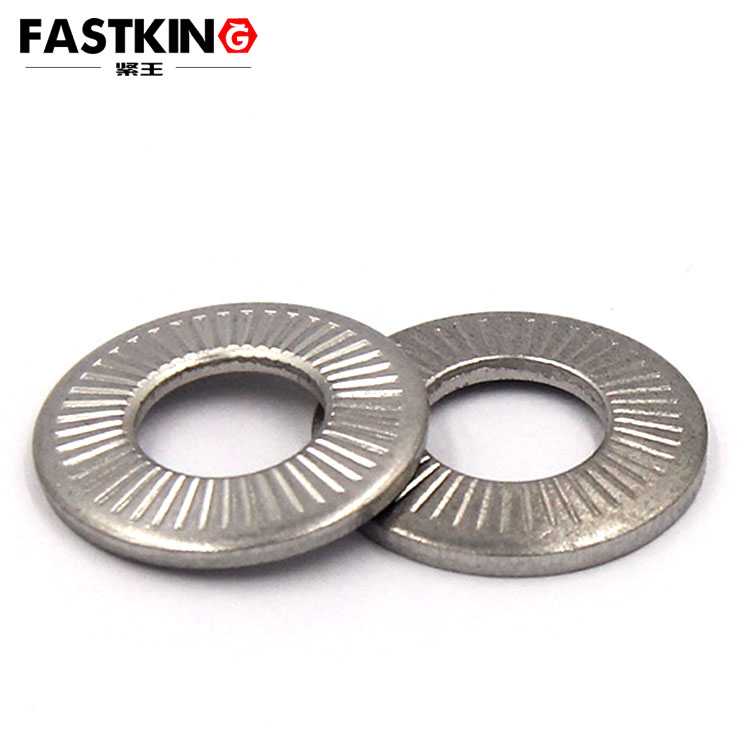

The core advantage of disc spring washers stems from their "disc-shaped structure and combination logic". A single disc spring washer is in the shape of a conical disc, made of metal sheets (mostly spring steel or stainless steel) through stamping and heat treatment. Its unique geometric shape endows it with "non-linear load characteristics"—when subjected to axial pressure, the deformation of the washer has a non-linear relationship with the load; instead, the load growth rate accelerates as the compression increases. This characteristic distinguishes it from the "linear load" of ordinary cylindrical springs and lays the foundation for forming an increasing load characteristic curve through combination.
Furthermore, this characteristic can be further amplified through "stacked combination" or "single-piece matching": Stacked combination refers to stacking multiple disc springs of the same specification in the same direction (called a "stacked set"). In this case, the total deformation of the disc spring set is equal to the sum of the deformation of individual discs, while the load remains the same as that of a single disc, making it suitable for scenarios requiring large deformation. If stacked spring assemblies with different numbers of discs are further stacked in opposite directions (called an "opposed set"), the rate of load increase with deformation will be significantly enhanced, forming a steeply increasing load characteristic curve. In addition, by combining single disc springs of different thicknesses in a specific order and utilizing the stiffness difference between thick and thin disc springs (thick disc springs have higher stiffness, while thin ones have lower stiffness), a stepped load increase from low to high can also be achieved, meeting load requirements at different stages.
The "increasing load characteristic curve" is the core value of disc spring washers, and its key lies in "dynamic adaptation of load to deformation". In industrial equipment, the load on many components changes with operating conditions. For example, for the main shaft bearing of wind power equipment, when the wind speed is low, the radial load on the bearing is small, and the disc spring set only needs to provide a low load to maintain the pre-tightening force; as the wind speed increases, the main shaft speed accelerates, the bearing load increases, and the disc spring set needs to synchronously increase the load to prevent gaps due to insufficient pre-tightening force.
The increasing load characteristic curve of the disc spring set composed of stacked spring assemblies with different numbers of discs perfectly matches this dynamic change: in the low deformation stage (corresponding to low load), the stacked set with lower stiffness deforms under force first, providing basic pre-tightening force; as the deformation increases (corresponding to higher load), the stacked set with higher stiffness begins to bear force, making the overall load increase rapidly and always consistent with the actual load requirements of the equipment. This "on-demand adjustment" characteristic avoids the problem of either insufficient pre-tightening force or excessive compression caused by the "fixed load" of ordinary washers, greatly improving the adaptability and stability of the connection structure.
More importantly, after the disc spring set reaches the flattened position or maximum stroke, its performance enters a "stable locking" state—at this point, the single spring or combined spring has been completely compressed to a flat state and can no longer produce additional deformation. Even if the equipment load continues to increase (within a safe range), the overall load of the disc spring set will not change significantly, nor will it affect the deformation. This characteristic provides "overload protection" for equipment: For example, in the hydraulic system of heavy machinery, if the hydraulic oil pressure suddenly rises beyond the preset value, the disc spring set will quickly compress to the maximum stroke; even if the pressure continues to rise, the disc spring set will not be damaged due to excessive deformation but will maintain a stable load, preventing hydraulic components from being damaged by overload.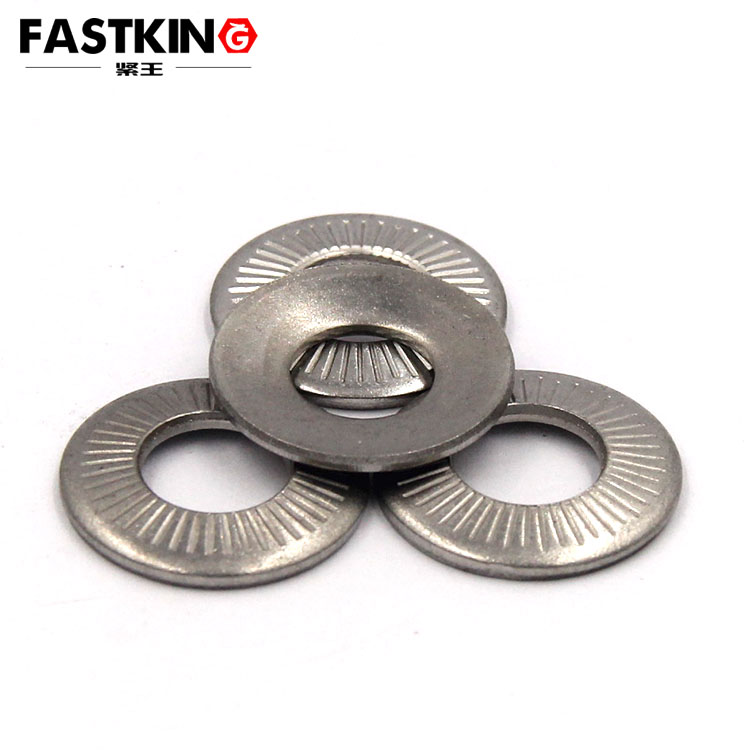

In the pipeline connection of aircraft engines, when the engine starts, the pipeline expands due to heat and produces axial displacement; after the disc spring set is compressed to the flattened position, the displacement no longer increases, preventing the pipeline from leaking due to excessive stretching and ensuring the safe operation of the engine. This dual characteristic of "adjustability + overload protection" makes disc spring washers an indispensable safety guarantee in high-risk and high-load scenarios.
In specific industrial applications, the combined design and increasing load characteristics of disc spring washers have been fully verified. In the rail transit field, the connection between the bogie and wheel set of a train needs to cope with load changes under different working conditions such as startup, braking, and turning: during startup, the traction force on the wheel set is small, and the disc spring set (composed of 3 stacked sets) provides low-load pre-tightening force; during braking, the wheel set is subjected to huge braking force, the compression of the disc spring set increases, and the load rises rapidly to ensure no gaps in the connection between the wheel set and the bogie; when the braking load reaches the limit, the disc spring set flattens and the load stabilizes, preventing the wheel set from deforming due to overload. This design extends the maintenance cycle of the bogie to more than 800,000 kilometers, significantly reducing operation and maintenance costs.
In the petrochemical field, the flange connection of high-pressure reactors is a key sealing part, and the pressure of the medium inside the reactor fluctuates with the reaction process (from normal pressure to more than 10MPa). If ordinary washers are used, sealing leakage is likely to occur at low pressure, and the flange is prone to damage due to over-compression at high pressure. However, the disc spring set composed of single disc springs of different thicknesses has an increasing load characteristic curve that can accurately match pressure changes: in the low-pressure stage, thin disc springs deform under force to provide basic sealing force; as the pressure increases, thick disc springs gradually participate, and the sealing force increases; when the pressure reaches the maximum value, the disc spring set flattens and the sealing force stabilizes, ensuring sealing effect while avoiding flange damage. In addition, during the cooling process of the reactor, the flange contracts and produces reverse displacement, and the disc spring set can rebound from the flattened state to release part of the load, preventing the flange from cracking due to excessive contraction and balancing sealing reliability and structural safety.
In terms of material selection, disc spring washers need to balance stiffness, corrosion resistance, and temperature resistance. For conventional industrial scenarios (such as ordinary machinery and automobile chassis), 65Mn spring steel is mostly used; after quenching and tempering, its hardness can reach HRC42-48, with moderate stiffness and low cost. For corrosion-resistant scenarios (such as marine equipment and chemical pipelines), 304 or 316 stainless steel is selected; the oxide protective film on its surface can resist erosion by salt spray and acid-base media, ensuring long-term stability of load characteristics. For high-temperature scenarios (such as aircraft engines and power plant boilers), high-temperature alloys (such as Inconel 718) are used, which can maintain good elasticity and stiffness in environments above 600℃, avoiding load attenuation caused by high temperatures.
Although the structure of disc spring washers is more complex than that of ordinary washers, their increasing load characteristics achieved through combined design provide a new "flexible adjustment" solution for industrial fastening. From dynamic load adaptation to overload protection, from multi-condition compatibility to long-term stability, disc spring washers, with their flexible design as "small components", solve the complex load problems of large equipment. As industrial equipment moves towards higher parameters and higher reliability, the combination methods of disc spring washers will become more refined (such as optimizing the number of discs and thickness matching through finite element analysis), and their application scenarios will be further expanded, continuing to inject "dynamic adaptation" core strength into the industrial fastening system.



